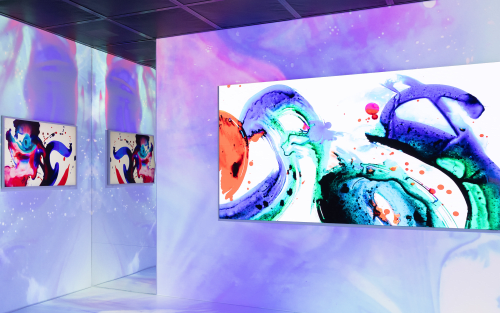The current use of AI in the market, however, is pretty low, says the writer Jo Lawson-Tancred, author of the book AI and the Art Market. ‘Most people in the mainstream of the art market don’t really have any interest in AI beyond using [the AI chatbot] ChatGPT. I think any other AI activity that is happening is very much on the fringes,’ she says. Lawson-Tancred points to the downturn in the market and the cost of implementing the new technology as potential reasons for the reluctance of many art businesses to invest in using AI models.
The art world has always been slow to adopt new technologies and fearful of the ways that the digital may damage a field so focused on unique creations and time-earned expertise. ‘People talk a lot about how AI is going to disrupt the way artists create and there is some genuine worry around intellectual property [IP],’ says Edouard Gouin, the Chief Executive Officer and co-founder of the data-led logistics and art shipping company Convelio. ‘But I think the main opportunity that AI can bring to the art market – to any industry – is in automating a lot of the boring work.’
Gouin is referring to administrative tasks such as data entry, email follow-ups, lead generation and basic content creation, the streamlining of which could leave more time for face-to-face events and sales, generating larger turnover, he says. Over the past two years, Convelio’s in-house tech team has developed its AI programs, and its most successful application is through its AI agent, Gary. This has generated more than 12,000 shipping quotes over the past six months directly from client emails, with the estimated amount of time saved over a year 288 working days.
